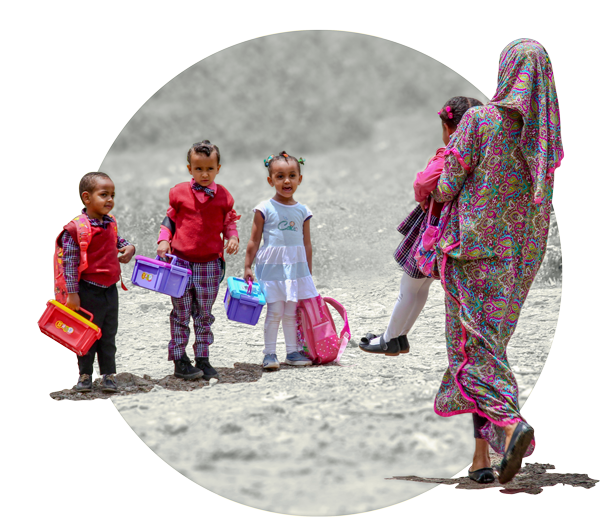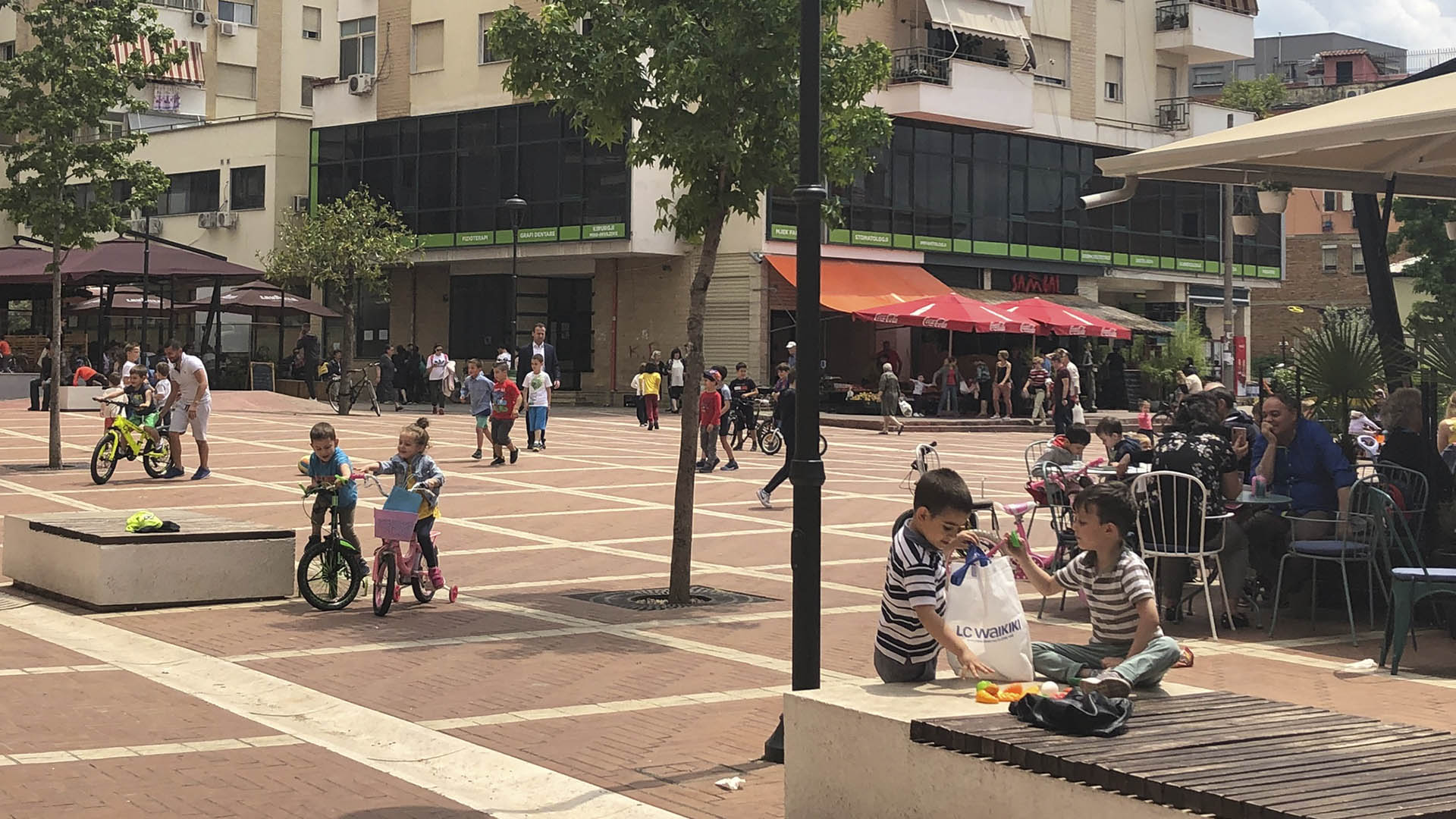What is TOD?
What is Transit-Oriented Development (TOD)?
TOD, or Transit-Oriented Development, is an approach to urban development designed to bring people, services, and activities together with quality public transport supported by walking and cycling conditions to facilitate shorter trips, better lifestyles, and more efficient use of city resources.
At its core, TOD promotes compact city growth by integrating land development and transport service. Compact development counters sprawl, which leads to less dependence on motor vehicles, shorter commutes, and reduced exposure to noxious fumes and dangerous traffic. TOD makes living and moving without a car not only possible, but enjoyable.
TOD centers urban planning and design around outcomes that directly benefit people, the environment, and cities themselves. It means inclusive access for all to local and citywide opportunities and resources by the most efficient and healthful combination of mobility modes, at the lowest financial and environmental cost, and with the highest resilience to disruptive events. Inclusive TOD is a necessary foundation for long-term sustainability, equity, and shared prosperity in cities.

For our most vulnerable citizens—babies and toddlers, TOD means healthy, safe, and integrated urban environments that set the foundation for their lifelong well-being and development.
How is TOD inclusive?
TOD is not just developing and planning cities. It can positively impact the everyday lives of people of all ages, physical abilities, and socio-economic backgrounds if done within the frame of inclusivity.
Inclusive TOD also means planning with and for people and using intersectional approaches to understanding the compounding inequalities people face.

Ways to achieve TOD
TOD includes many elements, some of which neighborhoods and cities already have. TOD can be achieved and improved in many ways, including:

Improvements to a traditional neighborhood
Many traditional neighborhoods are built around walking and public transit and have many or most elements of TOD. Modifications can further improve TOD, such as creating more pedestrian zones, adding more density of activities, or bringing in more options for sustainable transport modes.

Upgrading an informal settlement
Many existing low-income and informal communities can benefit from much-needed services and infrastructure and housing improvements. Upgrading without displacement yields stronger community ties while fostering more efficient use of the land area.

Infill and brownfield redevelopment
In existing urbanized areas, infill and reclaiming of underutilized space can bring more local activity, increase local capital, and provide more spaces to live, anchored around existing transit service.

Developing a new neighborhood
Planning new neighborhoods in areas thoughtfully appropriated for growth provides the opportunity for bringing all aspects of TOD in a holistic manner. New neighborhoods can be planned with mixed uses, walking, and public transport to maximize development potential and ensure short and convenient trips and healthier environments.


